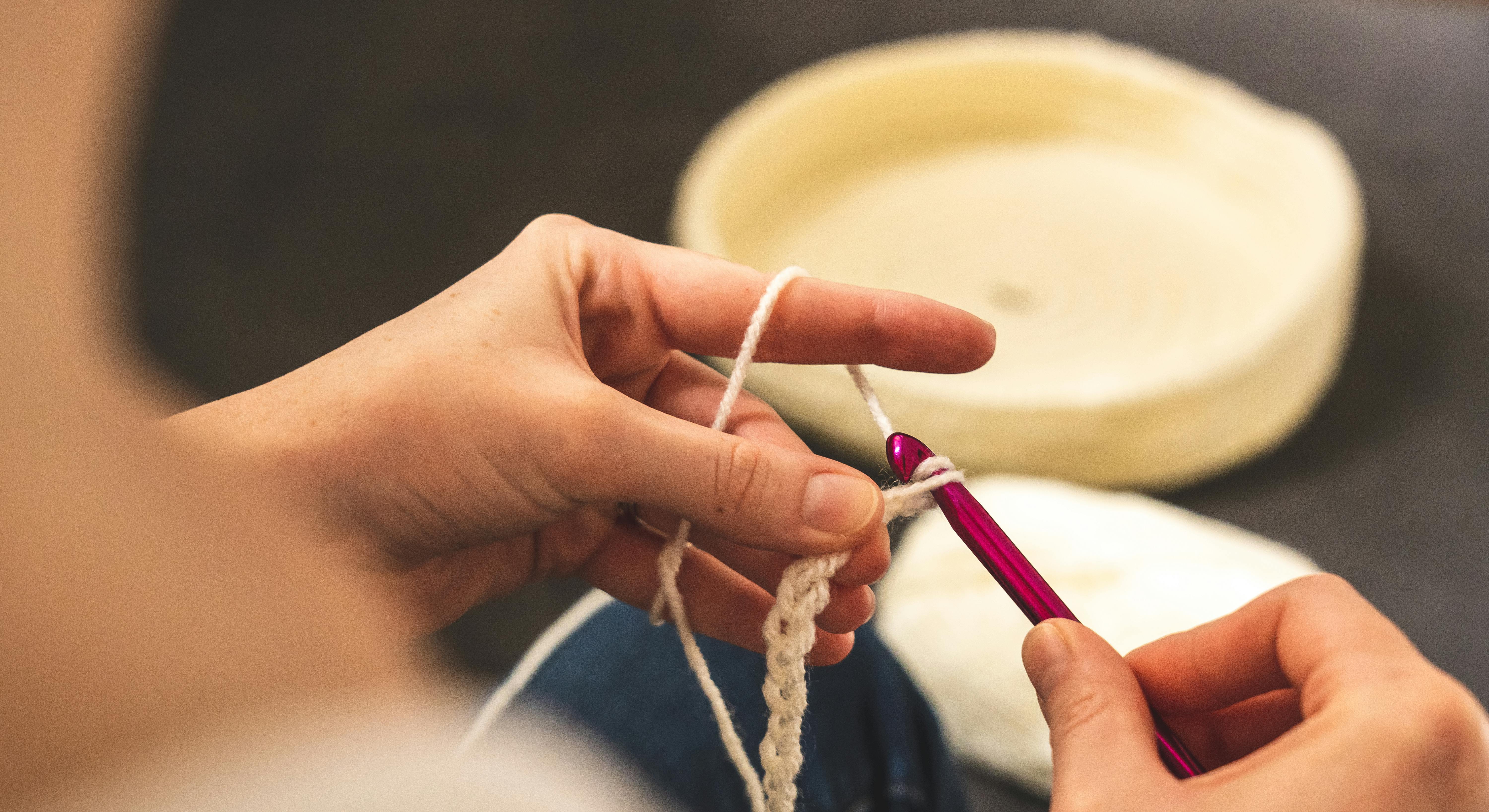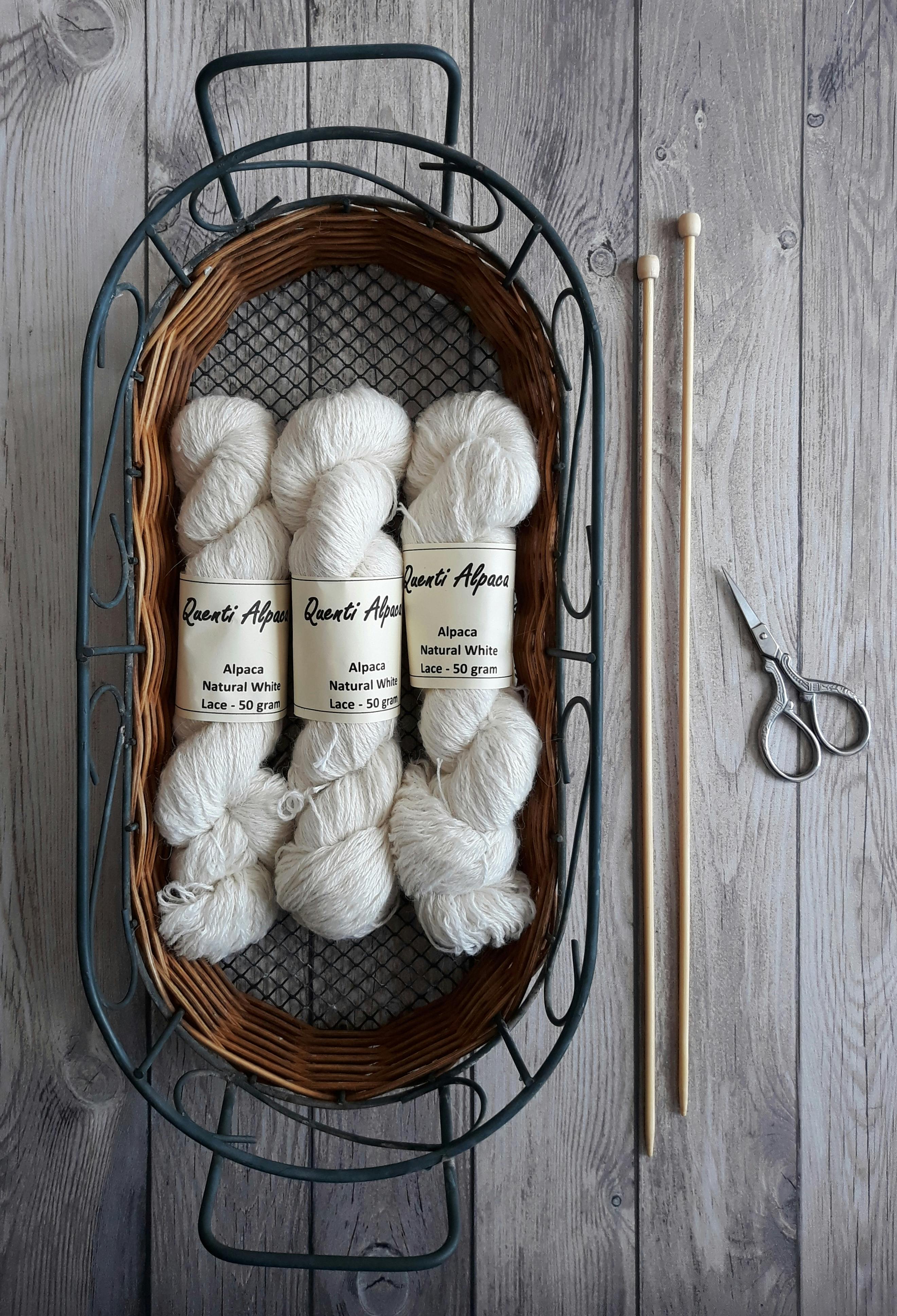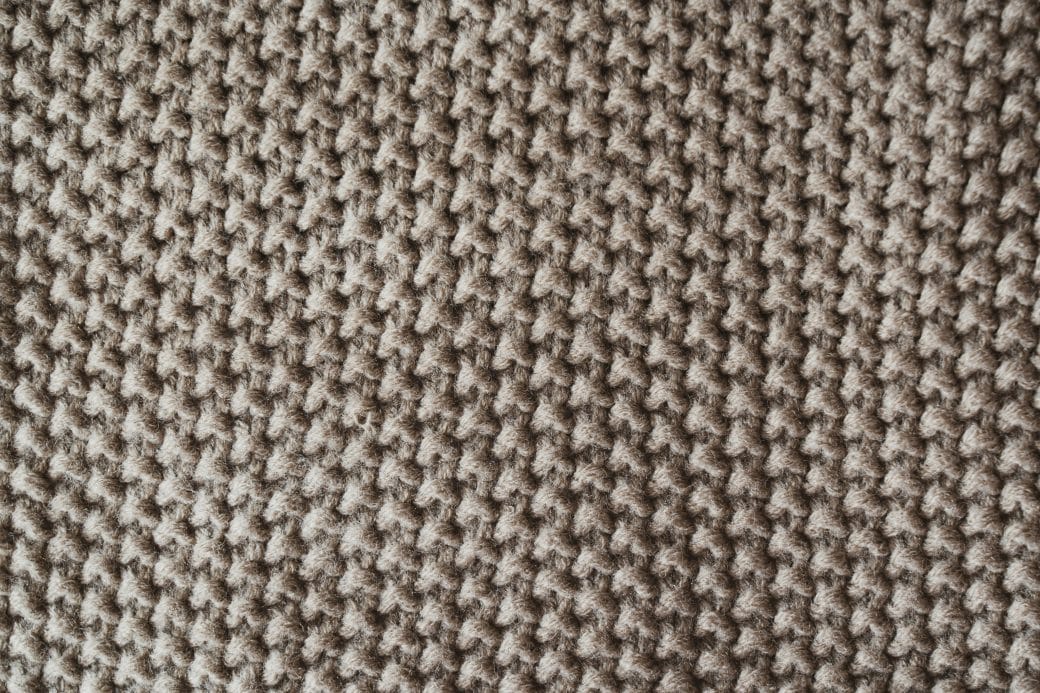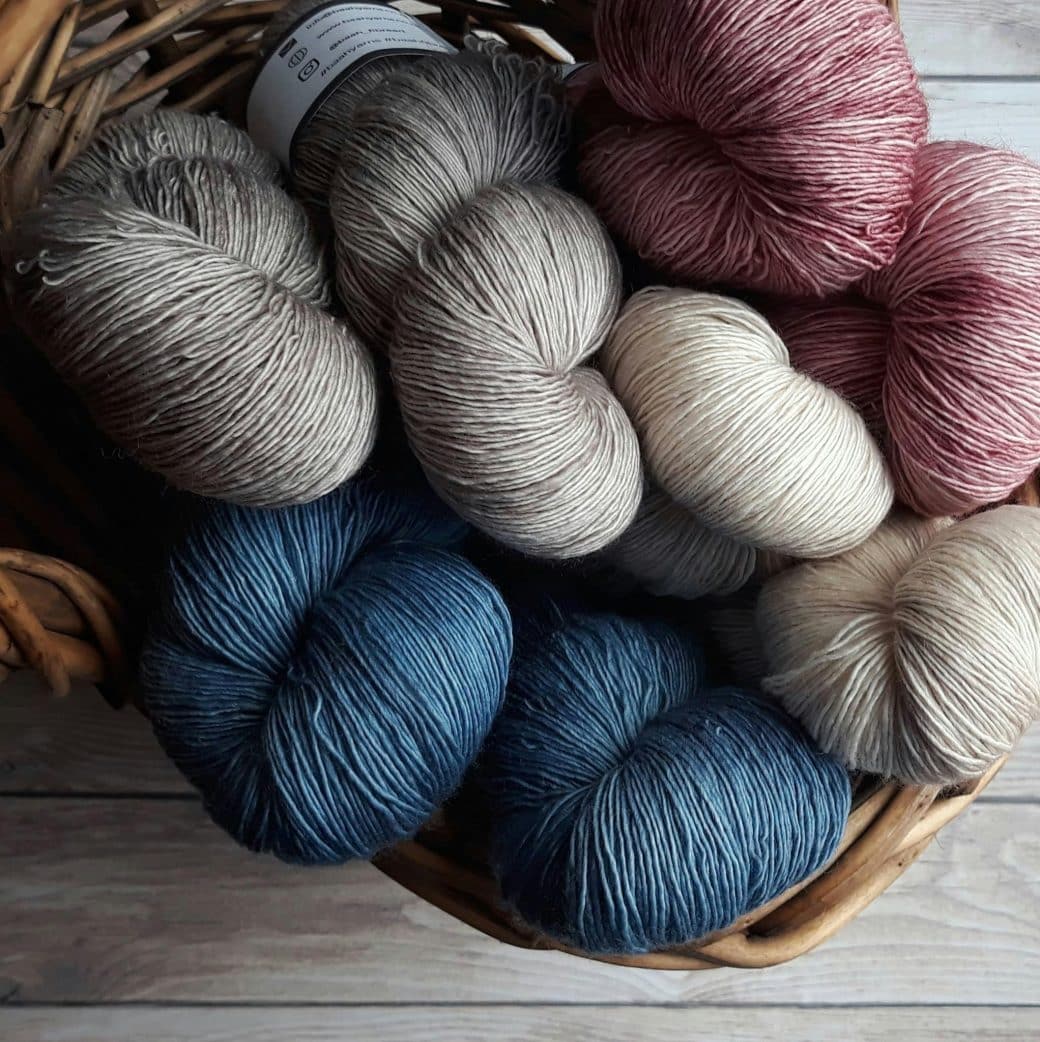So, I’ve been on this journey of figuring out how to keep my crochet clothing looking as good as new, and guess what? I’ve stumbled upon some game-changing advice that I just have to share. It’s all about expert tips for maintaining crochet clothing, packed into this neat how-to guide. From washing dos and don’ts to storing secrets that keep everything in tip-top shape, this guide has utterly transformed my approach. Now, I’m all about passing on these nuggets of wisdom, making sure that anyone who treasures their crochet pieces as much as I do can keep them looking stunning for years to come.

Understanding the Nature of Crochet Clothing
Crochet clothing is, without a doubt, one of my favorites for its unique patterns and the sheer warmth of its making. There’s something inherently personal about crochet—a sort of connection you feel, knowing someone’s hands guided each loop and knot into place. But with all its beauty and intricacy comes a certain delicacy, an inherent sensitivity that demands careful attention if we’re to keep these treasures looking their best.
Sensitivity of Crochet Material
The first thing I learned about crochet items was their sensitivity. Crochet garments aren’t like your regular cotton tee or your polyester blend sweater. They’re often made from yarns that can be more prone to damage—wool, acrylic, cotton blends, and the like. And it’s not just about the material but the structure. Those beautiful, intricate patterns that make crochet so unique? They can snag, stretch, and lose their shape more easily than woven fabrics.
Impact of Washing and Drying
Washing and drying are where the real challenge begins. Both can severely impact crochet items, often in ways you wouldn’t expect. Washing, especially if not done correctly, can lead to fading, shrinking, or even yarn breakage. Drying, on the other hand, poses its own risks, especially when heat is involved. I’ve learned this the hard way—the dryer is rarely a friend to crochet garments.
Effects of Excess Heat and Friction
Excess heat and friction are particularly harmful. Heat can make some fibers shrink or melt, transforming your perfect fit into something decidedly less so. Friction, meanwhile, contributes to pilling and can pull at those delicate patterns, distorting them. Even just regular wear and tear, if you’re not careful, can have a similar effect, eroding the beauty of your garment over time.
The Importance of Reading Labels
Amid all these potential pitfalls, one of the best tools at my disposal has been the humble care label. It’s easy to overlook, but it contains essential information on keeping crochet items in tip-top shape.
Interpreting Care Instructions
Deciphering care instructions was like learning a new language at first, but it’s been absolutely vital. These aren’t just suggestions; they’re the culmination of thorough testing and an integral guide to prolonging the life of your clothing.
Understanding Symbols on Care Labels
The symbols, once cryptic, now guide my every decision in garment care. Each picture, from the basin of water to the iron with one dot, to the square with a circle inside, communicates specific advice on washing, drying, and ironing—advice I’ve come to follow religiously.
Relating Label Information to Crochet Care
Taking the label information and applying it to the care of crochet items has become second nature. The guidelines typically account for the material’s sensitivity, ensuring that I use the right methods and avoid those that could be harmful, like high heat or machine washing when it’s not advised.

Preliminary Care Steps
Before even thinking about washing, there are a few preliminary steps I always take to ensure my crochet garments are prepped and ready for the process, ensuring they come out just as beautiful as they went in.
Removing Stains Before Washing
Stain removal is a delicate operation with crochet. I tackle any spots as soon as they happen with gentle, specific stain removers, careful not to rub too harshly and damage the fibers.
Securing Loose Threads
Loose threads can become a much bigger issue if they get tangled or pulled during washing. So, I always give my crochet items a once-over, securing any loose ends I find to protect the overall structure.
Inspection for Damage or Snags
Inspecting for any damage or snags is crucial. Catching and mending these early can prevent them from becoming bigger problems during the washing process, where they could potentially ruin the garment.
Safe Washing Techniques
When it comes to washing crochet items, the approach needs to be as gentle as the fabric itself. Here’s how I keep my crochet looking its best.
Choosing Appropriate Detergents
I opt for mild, gentle detergents, free from harsh chemicals that could degrade the yarn. It’s made a world of difference in preserving color and texture.
Guidelines for Hand Washing
Hand washing is nearly always my go-to for crochet items. Cool to lukewarm water, a soft touch, and patience go a long way in preserving the integrity of the fabric.
Tips for Machine Washing
When machine washing is unavoidable, I use a mesh bag to protect the items and set the machine to its most delicate cycle, using cold water to prevent any heat damage.

Avoiding Damage During Rinse & Spin
The rinse and spin cycles pose their own risks, but with the right approach, they don’t have to be a source of anxiety.
Best Practices for Rinsing
Rinsing in cold water, without too much agitation, helps to remove soap without stressing the fabric. I make sure the water flow is gentle and evenly distributed.
Gentle Spin Cycle Techniques
Using a gentle spin cycle—or better yet, no spin at all—protects the crochet from being stretched out of shape. It’s all about minimizing movement and stress on the fabric.
Importance of Avoiding Strong Twisting or Wringing
Twisting or wringing out crochet items is a definite no-go for me. This can cause significant stretching or breakage of the yarns. I gently press out the water instead, maintaining the garment’s shape and integrity.
Proper Drying Methods
Drying, like everything else in the care of crochet items, requires a gentle touch and patience, especially if you want to avoid shrinkage or misshaping.
Air-Drying Instead of Heat
Air drying is the only method I use. Heat can be disastrous, so I lay items flat on a clean towel, away from direct sunlight, which can also cause damage.
Safely Removing Excess Water
Before laying them out to dry, I carefully roll my crochet items in a towel to blot out excess water. This method helps remove moisture without the need for harmful wringing or twisting.
Flattening and Reshaping While Damp
As my crochet items dry, I occasionally check on them to gently flatten and reshape them. This ensures they maintain their original shape and size, drying perfectly every time.

Storage Tips for Crochet Items
Proper storage is the final piece of the puzzle in crochet care, ensuring items are ready to wear at a moment’s notice, free from damage or the ravages of time.
Avoiding Prolonged Sun Exposure
Prolonged sun exposure can fade and weaken fibers, so I store my crochet away from direct sunlight, keeping colors vibrant and materials strong.
Using the Right Storage Materials
Breathable storage options, like cotton bags, are my go-to. They protect against dust and pests while allowing the material to breathe, preventing mildew or mustiness.
Frequent Inspection for Moths or Damage
Regular checks for moths or damage help catch any issues before they become serious. It’s a small step that goes a long way in preserving my beloved crochet items for years to come.
Dealing with Common Damage Issues
No matter how careful I am, damage can occur. Here’s how I tackle common issues to bring my crochet items back to life.
Repairing Snags or Loose Threads
Carefully pulling snags through to the wrong side of the work has saved many of my crochet pieces from the discard pile. It’s a simple fix that can make a big difference.
Addressing Stretched or Misshapen Areas
Gently washing and then reshaping stretched items while wet allows me to correct any misshapen areas, restoring their original beauty.
Treatments for Faded Colors
While some fading is inevitable, I’ve found that using color-safe detergents and avoiding direct sunlight when drying can significantly slow the process, keeping my items vibrant.
Advice for Professional Cleaning
Sometimes, despite my best efforts, professional cleaning becomes necessary. Here’s how I ensure it goes smoothly.
When to Consider Professional Cleaning
Delicate, heavily stained, or vintage crochet items are usually my threshold for seeking professional cleaning. They require a level of care and expertise that’s best left to the pros.
Choosing a Reputable Dry Cleaner
Research and referrals are key in choosing a dry cleaner. I look for one with experience in handling crochet or delicate items, ensuring my treasures are in safe hands.
Communicating Your Care Instructions to Professionals
I always communicate any known care instructions and express how precious the item is to me. This ensures the cleaner takes all possible precautions to protect my crochet garments.
Special Care for Vintage or Heirloom Crochet
Vintage or heirloom crochet items hold a special place in my heart, and they demand an even greater level of care to preserve their beauty for future generations.
Understanding the Unique Needs of Older Fiber
Older fibers are often more delicate and can be prone to disintegration. I handle them as little as possible and support them during cleaning to prevent stress and damage.
Gentle Cleaning Techniques
For these treasures, I exclusively opt for the gentlest hand-washing techniques, using the mildest detergents and avoiding any form of scrubbing or twisting.
Preservation Strategies for Old Crochet Items
Beyond cleaning, preserving these items often means storing them flat in acid-free tissue paper, away from light and pests. This approach helps ensure they remain a cherished part of my collection for years to come, a tangible link to the past and a testament to the enduring allure of crochet.



